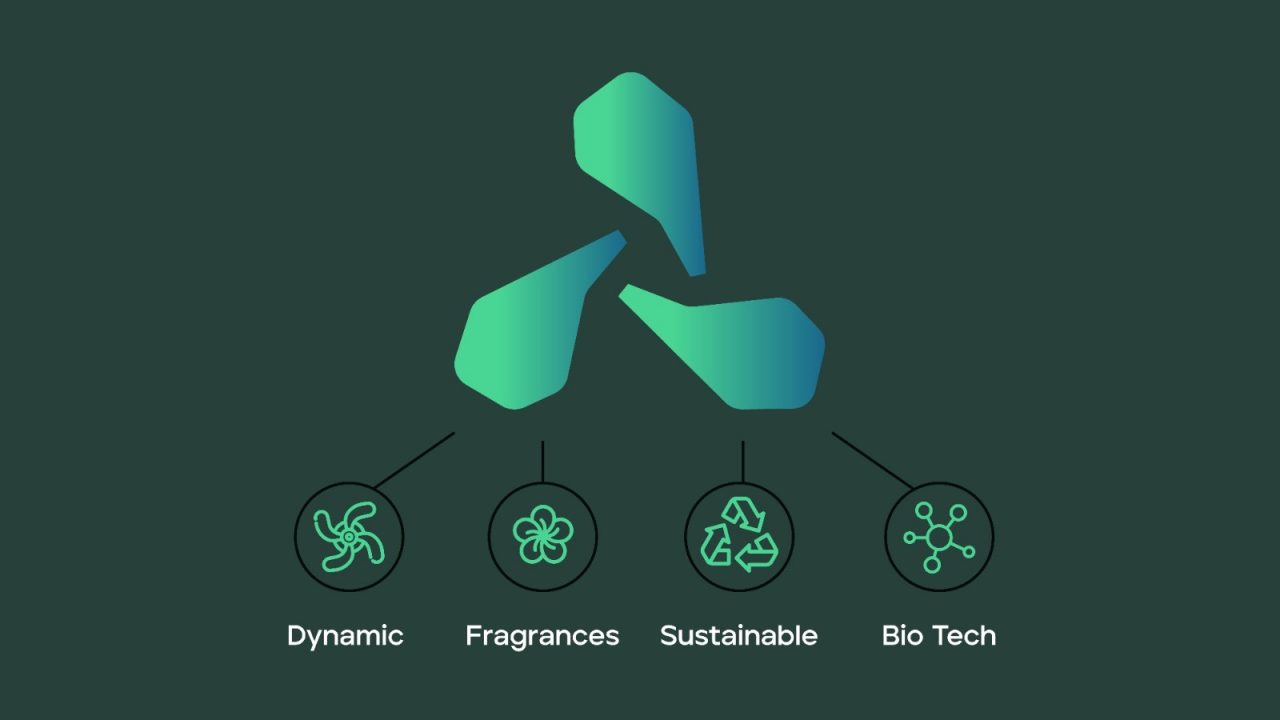
Actualised Industries is an Australian-based, family-owned company with a vision to bring the purity of the great outdoors, indoors. They do this through a host of air sanitation solutions for all types of facilities.
Prior to the COVID-19 pandemic, their focus was on the enablement of more pleasant environments through a host of indoor scenting solutions. Back then, the business was called A.I. Odour Control Solutions, highlighting the advantages of scented environments.
But almost overnight, the strata management category saw a dramatic change in priorities. While scented environments have been shown to reduce typos made by office workers; improve the perception of product quality; increase purchase intent, average unit sales, and duration of a retail visit or stay among consumers; and boost the willingness of consumers to pay more for a product, ensuring a healthy environment, free from virus and bacteria, immediately became the new competitive battleground.
With a new commercial reality, the Actualised Industries brand also had to adapt and evolve. The first step was to review the company’s brand architecture, elevating the A.I. acronym with its full articulation, Actualised Industries, to the Masterbrand level. This was a way to quickly infer the broadening of their offering, from incremental to transformational solutions able to, indeed, help “actualise” their clients’ potential and latch on to the ‘build back better’ cultural momentum ignited with worldwide vaccination rollouts and revised WFH policies.
“Produce profitable solutions from the problems of people and planet, and not profit from creating problems.”
–Colin Mayer
This new direction was supported by a full redesign of their brand’s identity, adopting Gopher as the new font, literally allowing for a more ‘breathable customer experience’. That was supported by a new logo lockup with an industrial helix device communicating the flow of pure, clean air delivered via the company’s commercial-grade air sanitation systems.

“Better Air. Better Health. Better Business.” is not just a new tagline but the company’s renewed mission. As eloquently concluded by Colin Mayer FBA, Professor of Management at the Saїd Business School, Oxford University, in his Future of the Corporation research program, the purpose of business – in this emerging stakeholder capitalism system – is to “Produce profitable solutions from the problems of people and planet, and not profit from creating problems.”
Actualised Industries is that type of brand and, considering their entrepreneurial spirit and strong R&D emphasis, we’ve learned a few fascinating lessons that we can now share with you.
Lesson 1. Air can be commoditized, it’s just a matter of time and education
While Roy Perlus, Managing Director at Actualised Industries, likes saying they create safe and delightful atmospheres, our minds went straight to ‘branding the atmosphere’. While this may reminisce the dystopic reality of the 1990 sci-fi movie Total Recall, where humans living on Mars pay to live in regulated domes with breathable air, just a couple of years ago, Melbourne – a multi-year winner of the most liveable city title – registered the worst air condition in the world. At the opposite extreme of the spectrum lies the state of Tasmania which has been inviting travelers to “Come Down for Air” with the claim of having the purest atmosphere one can breathe in. Extremes aside, to decommoditize a tangible good it is imperative to add intangible value to it. In other words, this is about giving new reasons to appreciate a commodity, beyond those registered by our senses.
Water or premium bottled water brands, while not necessarily aligned to the pressures of sustainable development, present some of the best examples of disembodying a commodity into a brand. For tap-water drinkers, well…it’s just water. But for the water connoisseur, H₂O is completed with the features and benefits of Balance™ (carbonation), Virginality™ (nitrate), Minerality™ (tds), etc. All this liquid knowledge is already bottled (pun intended) and allows a price premium for the brands shown below.
While this is not an impossible mission, it can be a rather hefty investment. If advertising is the more visible ‘tip of the iceberg’, a lot more is needed to create a new category. The Fine Water Academy, for example, is supported by approximately 100 fine water brands and offers a series of courses for enthusiasts, industry professionals, and aspiring water sommeliers.
Lesson 2. Easy to sniff, easy to mind
“Easy to mind, easy to find” is the mnemonic created to explain what makes a brand strong. While the focus has been on assessing a brand’s distinctive visual and sonic assets, little has been done in relation to smell. Interestingly, a study conducted at Rockefeller University in New York has shown that people recall 35% of what they smell, compared to only 5% of what they see, 2% of what they hear, and 1% of what they touch. According to this study, we can remember smells for one year with a precision of 65% and retain their memories over time.
The strength of an olfactory memory obviously depends on the importance of the situation in which we smell a scent. Therefore, the fragrances that accompany the most important moments of our life will be the most lasting and easy to remember even after a long time. For brands, this means marking the key moments of a customer’s journey with distinctive scents.
A highly successful use of scent branding is Abercrombie & Fitch. Their signature fragrance, Fierce, is dispersed in high concentrations in all of their stores. Fierce is strong, edgy, and appeals to young, upscale consumers. The result? Fierce (which is also sold as a personal fragrance) is the number one selling fragrance for men in the US and Europe and A&F’s teenage and young adult target market can easily identify authentic A&F jeans solely by their smell.
As emphasized by Russell Beeston, Sales Director at Actualised Industries, “Once you have created your signature scent, use it in every possible customer touchpoint, so that it can become a reminder of your brand in the customer’s mind; from the environment through to packaging and even direct mail.”
Cover image source: Pawel Czerwinski
